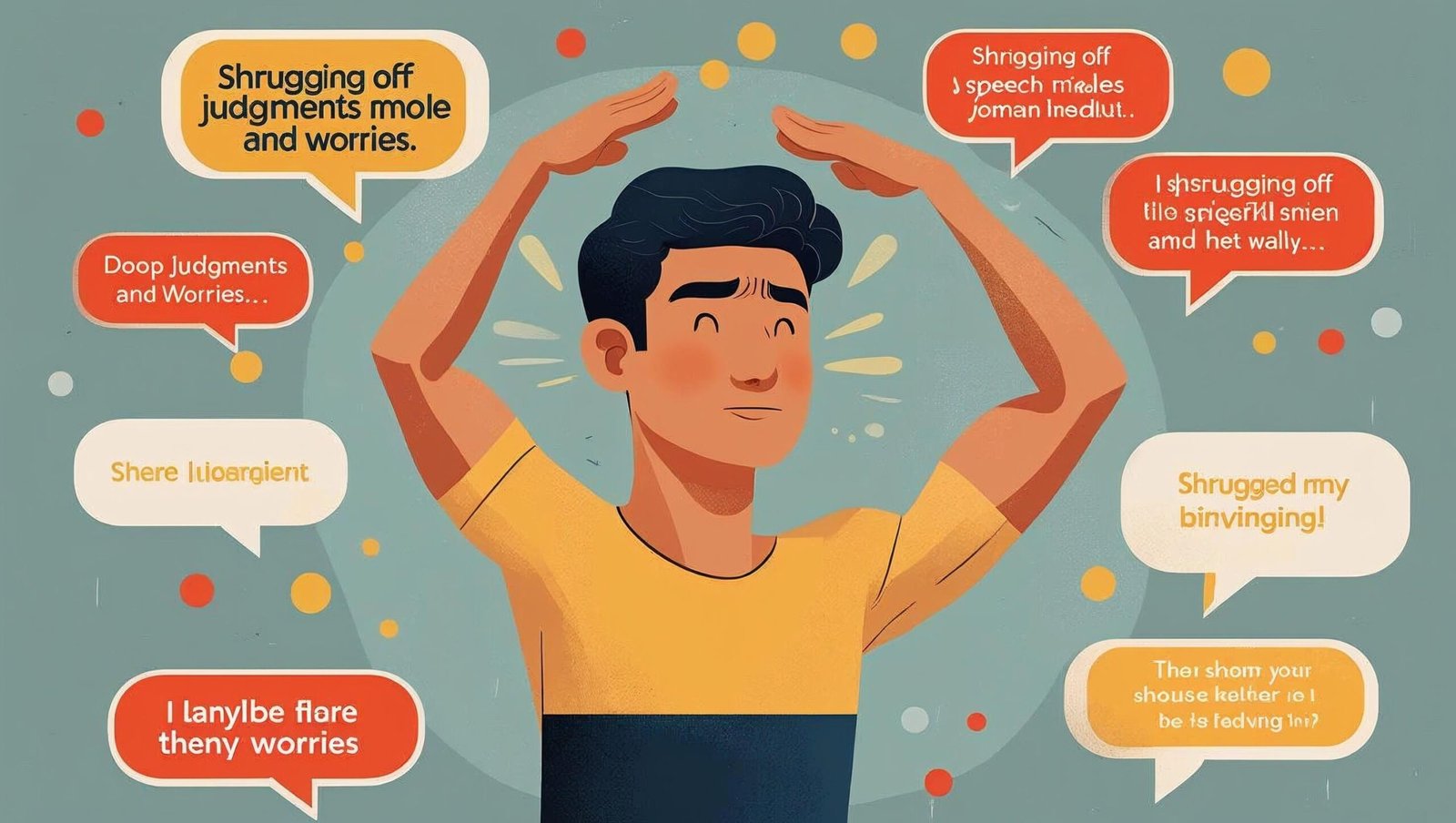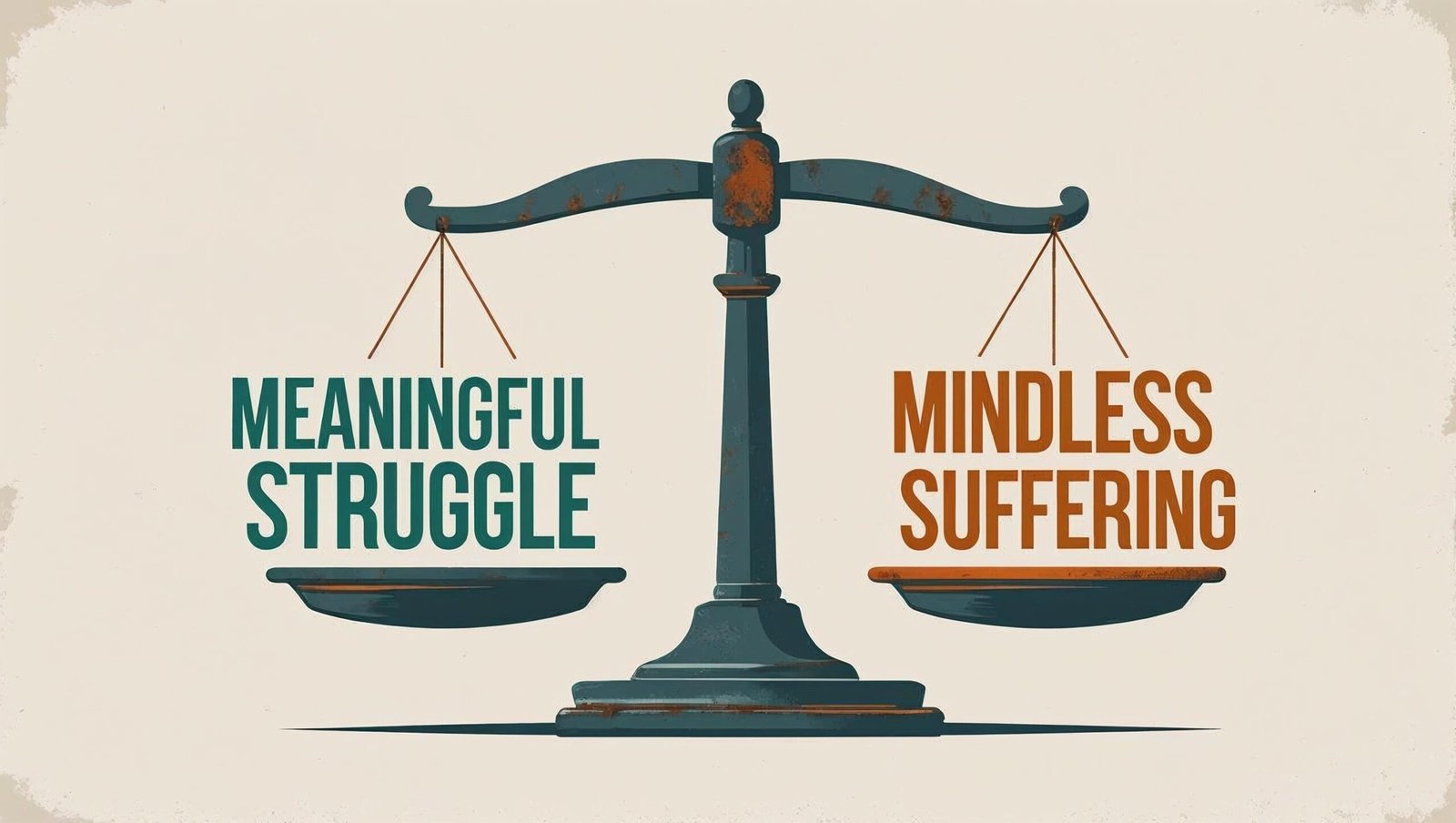7 Brutally Honest Lessons from The Subtle Art of Not Giving a Fuck by Mark Manson
In an era flooded with motivational quotes, curated social media affirmations, and the toxic chase for happiness, The Subtle Art of Not Giving a Fuck emerges like a cold splash of water on a sleepwalking mind. Mark Manson’s book is not merely a self-help guide; it is a slap in the face of conventional positivity. And that is precisely what makes it valuable.
Through brutally honest prose and liberating truths, The Subtle Art of Not Giving a Fuck encourages readers to embrace pain, seek meaning through struggle, and stop caring about every trivial thing life hurls their way. This review explores seven transformative lessons from the book that will change how you live, love, think, and act.

Lesson 1: Life is Limited, So Are Your Fucks
Mark Manson’s primary argument in The Subtle Art of Not Giving a Fuck is that your time, energy, and attention are limited. You simply cannot give a fuck about everything. Most of us exhaust ourselves giving a fuck about people’s opinions, past regrets, unattainable goals, and things utterly out of our control.
By choosing what to give a fuck about, we empower ourselves. Letting go of the irrelevant is not carelessness—it is clarity.
Lesson 2: Happiness Comes from Solving Problems
Contrary to what Instagram influencers may tell you, happiness is not found in tropical vacations or luxury cars. According to The Subtle Art of Not Giving a Fuck, happiness is a process. It comes from identifying meaningful problems and working through them. It’s not about avoiding pain—it’s about engaging with pain that’s worth it.
Problems will never go away. What matters is choosing the ones worth your fucks.
Lesson 3: Accept Your Mediocrity
Manson delivers a sobering blow in The Subtle Art of Not Giving a Fuck—you are probably not special. Neither am I. And that’s fine.
The belief that we must always be extraordinary is a dangerous trap. It causes anxiety, shame, and depression when we fail to meet inflated expectations. Accepting one’s ordinary nature is not defeatism. It is the first step toward realistic growth. Only once we accept that we’re not exceptional can we start improving in grounded, meaningful ways.
Lesson 4: Take Responsibility for Everything
One of the most empowering themes in The Subtle Art of Not Giving a Fuck is the distinction between fault and responsibility. Just because something is not your fault does not mean it is not your responsibility. The moment you assume control over your reactions, you reclaim your power.
This mindset doesn’t encourage blame—it encourages ownership. Responsibility is how we grow. It’s how we stop being victims and start being authors of our lives.
Lesson 5: Certainty Is the Enemy of Growth
In The Subtle Art of Not Giving a Fuck, Manson argues that being wrong is not only acceptable—it is essential. People who are obsessed with always being right grow rigid, defensive, and ignorant.
By embracing uncertainty, we keep learning. Life is too complex for rigid belief systems. Letting go of the need for constant certainty allows us to evolve and deepen our understanding.

Lesson 6: Failure Is the Way Forward
Unlike the success-obsessed culture we inhabit, The Subtle Art of Not Giving a Fuck declares that failure is necessary, healthy, and inevitable. You cannot learn or grow without it. Every skill, relationship, and business venture is built upon a mountain of past failures.
Stop fearing failure. Give a fuck about learning, not about looking good. Failure is not the opposite of success—it is the pathway to it.
Lesson 7: Death Clarifies Everything
The book ends with the harshest truth—death is unavoidable. And yet, rather than fearing it, The Subtle Art of Not Giving a Fuck teaches us to use death as a lens for prioritisation.
When we accept our mortality, we stop wasting fucks on trivial nonsense. We focus on legacy, love, contribution, and purpose. Knowing we will die gives urgency and depth to how we live.
Deep Dive: Applying the Lessons in Daily Life
When you finish reading The Subtle Art of Not Giving a Fuck, the real work begins. Books are only as powerful as the actions they inspire. Here, we explore specific ways to embed its lessons into your routines, relationships, and mindset—all without drowning in platitudes.
1. Morning Rituals with Intentional F*ck‑Allocation
Start each day by listing three things you truly care about—and three trivial worries to let go of. This five‑minute exercise channels the essence of The Subtle Art of Not Giving a Fuck into a clear mindset, guiding your attention where it matters most.
2. Mapping Your Values
Create a two‑column chart: on the left, list core values (e.g., honesty, growth, service); on the right, rank current activities by how well they align. This exercise transforms the chapter on value selection from The Subtle Art of Not Giving a Fuck into a visual guide, helping you ditch activities that drain rather than fuel you.
3. The “Pain Log” for Growth
Keep a simple daily journal of challenges encountered and lessons learned. Label each entry “worth it” or “not worth it.” By treating pain as data, you apply the principle from The Subtle Art of Not Giving a Fuck that suffering itself is not the enemy, but mindless suffering is.

4. Boundary Setting in Relationships
Use the “No‑Fuck” buffer: identify one recurring request you habitually say yes to but dread. Practice saying no once a week. This small act mirrors the selective caring championed by The Subtle Art of Not Giving a Fuck, helping you invest emotional energy without burning out.
5. Failure Celebrations at Work
Host a monthly “Failure Forum” with colleagues—share a project flop, what went wrong, and the next steps. Framing failure as a stepping stone reflects The Subtle Art of Not Giving a Fuck’s insistence that the path to mastery is paved with missteps.
6. Embracing Uncertainty with Experimentation
Dedicate one afternoon a month to test a new tool, hobby, or process you know nothing about. Document the outcome and your feelings. This deliberate plunge into the unknown operationalizes the uncertainty principle from The Subtle Art of Not Giving a Fuck, keeping your mind curious and agile.
7. Digital Minimalism Challenge
Choose one social media platform to “un‑fuck” from for seven days. Log the difference in mood, focus, and productivity. By consciously ignoring digital noise, you practice the core tenet of The Subtle Art of Not Giving a Fuck—preserving your attention for the few things that truly move the needle.
8. Health Priorities Audit
List habits that support long‑term well‑being versus short‑term pleasure. Swap one low‑value indulgence (e.g., mindless scrolling) for one high‑value habit (e.g., evening walk). This aligns with The Subtle Art of Not Giving a Fuck’s message that trading fleeting joys for meaningful struggle yields deeper fulfilment.
9. Constructive Criticism Circle
Form a small group of trusted peers who rotate giving and receiving one piece of honest feedback weekly. Cultivating a culture of blunt kindness reflects The Subtle Art of Not Giving a Fuck’s balance of raw truth and caring enough to be honest.
10. Death‑Visualization Meditation
Once a quarter, spend ten minutes reflecting on your mortality and identifying one “legacy project.” This stoic practice, inspired by The Subtle Art of Not Giving a Fuck, sharpens priorities and infuses urgency into your long‑term goals.
11. Simplified Goal Setting
Instead of listing ten objectives, pick two primary goals each quarter and focus relentlessly on them. This “less is more” strategy channels The Subtle Art of Not Giving a Fuck’s emphasis on fewer but better commitments, reducing overwhelm and boosting impact.
12. Weekly “Fuck Audit”
Every Sunday evening, review the past week’s calendar and categorize events as “worth my fucks” or “not worth my fucks.” Use this audit to eliminate or delegate at least one low‑value commitment for the following week. This ritual extends the core exercise of The Subtle Art of Not Giving a Fuck into real‑time decision‑making.
13. Teaching Others to Give Fucks Wisely
Share a 15‑minute talk or writing prompt with friends, family, or team members about one lesson from The Subtle Art of Not Giving a Fuck. Teaching cements your own understanding and spreads the practical ethos of selective caring, turning theory into community practice.
Each of these thirteen exercises transforms the abstract wisdom of The Subtle Art of Not Giving a Fuck into concrete action. By weaving them into your daily, weekly, and quarterly routines, you make intentional choices about what deserves your energy—and what doesn’t.

Expanding the Conversation: Beyond the Core Lessons
In today’s fast‑paced world, it’s easy to feel overwhelmed by countless obligations, social comparisons, and the constant noise of digital life. While Manson’s blunt approach cuts through much of this clutter, it’s also valuable to explore how his underlying principles intersect with broader movements in psychology, philosophy, and lifestyle design.
The Rise of Boundary Culture
Over the last decade, there’s been a growing awareness of emotional and digital boundaries. Therapy, coaching, and online communities now emphasize the importance of saying “no” as an act of self‑respect rather than selfishness. This shift reflects a collective awakening to the fact that our time and attention are precious resources. By learning to delegate, defer, or decline low‑value requests, individuals carve out space for activities that nurture growth, creativity, and genuine connection.
Professional settings have also caught on—organizations increasingly offer workshops on “psychological safety” and “time sovereignty.” When teams respect each other’s focus and limits, burnout declines and innovation flourishes. Implementing no‑meeting blocks, asynchronous communication, and clear email policies are just a few examples of how boundary culture translates into tangible practices.
Counterpoints from Positive Psychology
While Manson’s model draws heavily on stoic traditions—embracing hardship, distinguishing between controllable and uncontrollable factors—positive psychology offers another lens. Researchers in this field study the elements of human flourishing: gratitude, strengths cultivation, and flow experiences. Integrating these insights can complement a tough‑love mindset. For example, anchoring challenging tasks with brief gratitude exercises can make discomfort feel more tolerable. Recognizing personal strengths alongside accepting limitations helps maintain momentum and prevents cynicism.
Moreover, evidence suggests that small acts of kindness and social support can buffer the effects of stress. Encouraging readers to combine rigorous self‑evaluation with community rituals—sharing wins, acknowledging daily progress, or celebrating micro‑achievements—produces a more balanced, sustainable approach to growth.
Drawing Parallels with Minimalism
There’s also a natural synergy between this no‑nonsense self‑help and minimalist philosophies. Both advocate reducing excess—whether it’s physical possessions, digital distractions, or emotional baggage—to amplify what really matters. Minimalist gurus recommend pare‑down experiments: living out of a suitcase for a month, decluttering one item per day, or enforcing screen‑free hours. These practices sharpen awareness and free up mental capacity, reinforcing the idea that less can indeed be more.
Readers may find it useful to pair the mental exercises from Manson’s work with concrete minimalist challenges. By applying decluttering strategies to one’s to‑do list—removing commitments that no longer serve—people encounter the same liberating clarity that emerges from editing a wardrobe or streamlining a home office.
Practical Toolkit: Five Additional Strategies
-
Micro‑Reflection Moments
Every afternoon, pause for sixty seconds to jot down one thing you’re grateful for and one frustration to let go. This ritual fosters both appreciation and release. -
Accountability Partnerships
Team up with a friend or colleague to exchange weekly check‑ins: each person commits to one bold “no” for the week and reports back on the results. -
Themed Creative Sprints
Dedicate an hour each Friday to explore a hobby outside your comfort zone—painting, coding, or improvised storytelling. Creative play dissolves perfectionist tendencies and reveals hidden interests. -
Mindful Commute Practices
Transform travel time into intentional pauses: listen to a single thought‑provoking podcast, practice deep breathing, or observe your surroundings without judgment. -
Limit‑Setting Templates
Craft simple email or meeting templates that politely decline non‑critical requests. Having these on‑hand reduces decision fatigue and preserves your bandwidth for priority tasks.
Looking Ahead: Cultivating Long‑Term Resilience
True resilience isn’t built overnight. It requires consistent, small‑scale actions combined with occasional deep reflections on life’s bigger questions. Readers can benefit from setting quarterly “retreat days”—time blocked off for strategic planning, reading, and journaling without external interruptions. Pairing this with periodic digital detoxes ensures that the insights gleaned from any self‑help reading become lived wisdom rather than fleeting inspiration.
By blending the stark, direct lessons of Mark Manson’s book with these complementary perspectives—from positive psychology to minimalism—your audience gains a multifaceted toolkit. They learn not just which battles to pick, but also how to nurture well‑being, creativity, and community along the way.

Why This Book Resonates Deeply
Mark Manson’s The Subtle Art of Not Giving a Fuck is not trying to please everyone—and that’s precisely why it resonates. Its crass language is deliberate, not decorative. It reflects the book’s core ethos: stop pretending, stop pleasing, and start living on your own terms.
This book is a bold rejection of the self-help industry’s cult of positivity. Instead, it promotes a mature, stoic, value-based approach to personal growth. It teaches readers not to care less—but to care more, about fewer and better things.
Who Should Read The Subtle Art of Not Giving a Fuck?
-
People who are overwhelmed by societal pressure
-
Readers tired of fake optimism
-
Individuals struggling with anxiety, guilt, or overthinking
-
Young adults navigating identity and meaning
-
Professionals seeking clarity amidst chaos
The Subtle Art of Not Giving a Fuck is especially useful for those who need to learn emotional boundaries and reclaim agency over their lives.
Frequently Asked Questions (FAQs)
Q1: Is the book offensive or just raw?
A: The language is intentionally vulgar, but not disrespectful. It’s used to cut through fluff and speak blunt truths.
Q2: What genre does the book belong to?
A: It fits under self-help and personal development, with strong philosophical undertones.
Q3: Does the book offer real solutions or just ranting?
A: It offers practical frameworks—value selection, responsibility, and perspective shifts—that guide long-term change.
Q4: Can The Subtle Art of Not Giving a Fuck help with anxiety?
A: Yes. By teaching you to stop caring about trivial concerns and focus on what truly matters, the book reduces unnecessary mental clutter.
Q5: Is it suitable for workplace application?
A: Indirectly, yes. It enhances emotional resilience and clarity, which are invaluable in professional environments.
Conclusion
The Subtle Art of Not Giving a Fuck is not a self-help book for everyone. It does not promise success in 21 days. It does not flatter the ego. It does not sugar-coat failure.
What it does do is far more valuable. It strips life of illusions and dares you to stare at the raw, ugly, beautiful truth. It teaches you that most things are not worth your fucks—but a few are, and they deserve everything you have.
By embracing discomfort, choosing your values, taking responsibility, and remembering death, you unlock a life of freedom and fulfilment.
Care less. But care better. That is the radical art that Mark Manson so powerfully defends.
📘 For more honest and powerful book reviews, visit shubhanshuinsights.com.
Reader Comments
“No-nonsense, just like the book. I needed this clarity.”
— Ayush, Delhi
“I’ve been wasting my energy on the wrong things. This post hit hard.”
— Neha, Pune
“Perfectly captures the essence of Mark Manson’s message. Well-articulated and raw.”
— Suresh, Lucknow
“Bookmarking this. Straightforward, bold, and impactful.”
— Meena, Kolkata